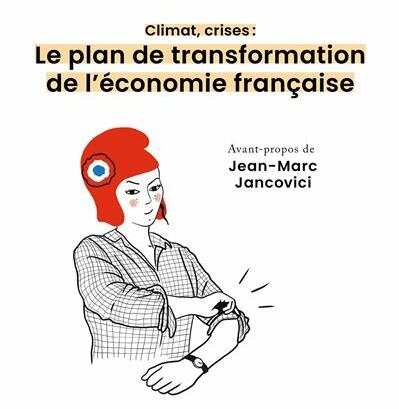
Open paths and dead ends towards carbon neutrality.
We’re almost there, yet everything remains to be done. The climate agreement about to be brokered by the international community boils down to one thing: pledges. Turning national pledges on emissions reduction into reality will demand national commitments both in terms of investments and political consensus.
The cornerstone is said to be the implementation of meaningful carbon pricing around the world. While there are several ways of achieving this, there are even more potential dead ends.
First dead end
What the European Union has not managed to achieve so far through its Emission Trading System (ETS) should serve as a stark warning to navigate future dead ends. The ETS has not fostered a meaningful and predictable carbon price. Even its current reform – with sophisticated tools such as the so-called “Market Stability Reserve” – will almost certainly fail to deliver a meaningful carbon price until the mid-2020’s, in the best of cases.
The issue is as political as it is financial: within the European Union, policymakers have always sought to satisfy each and everyone across all economic sectors. But one must accept the outcome of the energy transition, as with every economic shift in history: there will be winners and there will be losers.
Second dead end
Implementing cap and trade systems to achieve a single global carbon price is tempting, yet irrelevant. The cost of avoiding CO2 emissions varies from zero to an amount nearing… $5000 per ton, depending on the type of policy pursued. In order to achieve carbon neutrality, border taxes remain a very powerful tool – they might even be deemed unavoidable, as we have very little time left to win the race against global warming. It is urgent for business actors who are serious about carbon transition to stop considering that resorting to such an unorthodox tool is just blasphemy…

